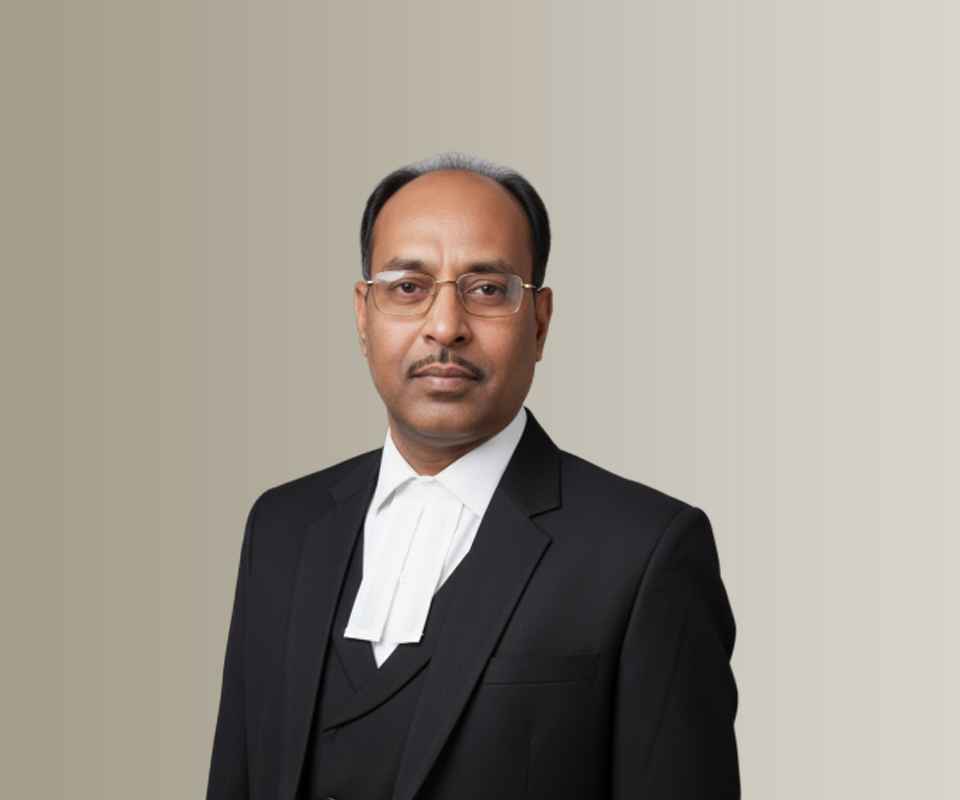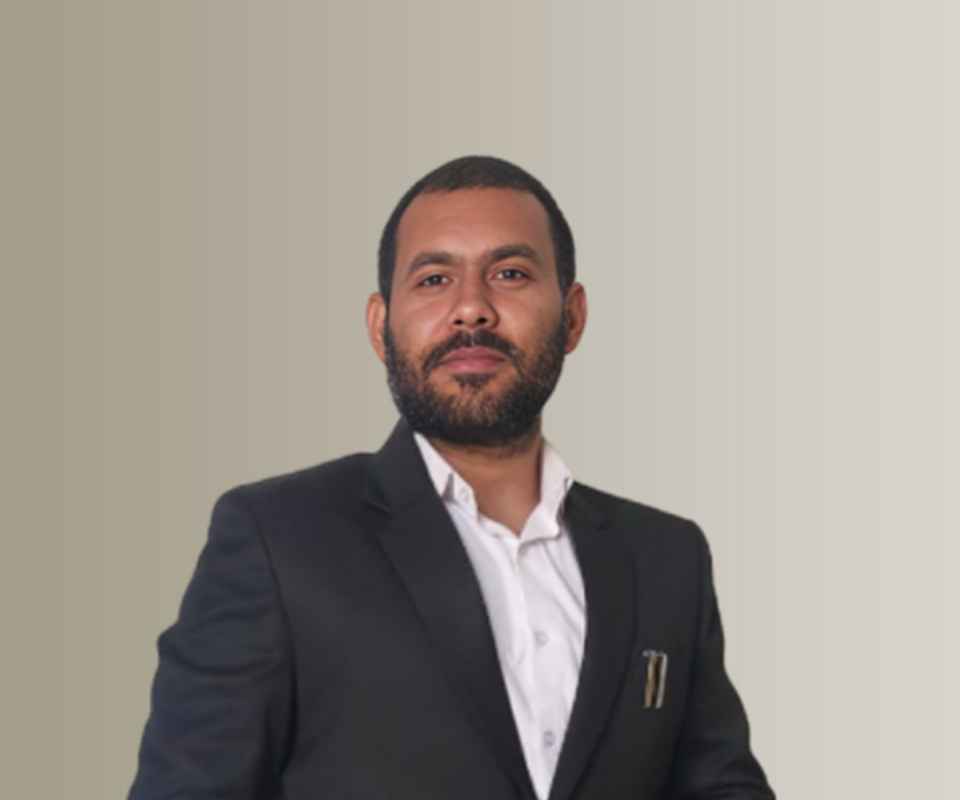Answer By law4u team
Social media has become a powerful tool for activism, particularly in the context of racial justice movements. Platforms such as Twitter, Instagram, Facebook, and TikTok allow individuals to organize, raise awareness, and mobilize people for social change more quickly and broadly than ever before. The rise of hashtag activism, viral content, and online campaigns has significantly impacted how racial justice issues are communicated and addressed, making social media a central force in contemporary movements like Black Lives Matter and other racial equity initiatives.
How Social Media Activism Affects Racial Justice Movements:
Amplification of Voices:
Social media provides marginalized communities and individuals with a platform to share their experiences and raise awareness about racial injustice. Activists, community leaders, and organizations can now reach a global audience and amplify voices that may have been overlooked or silenced in traditional media. This democratization of voice allows for a more inclusive dialogue on racial issues.
Mobilization and Organization:
Social media platforms are essential tools for mobilizing people for protests, marches, and other forms of collective action. Events can be quickly organized, shared, and promoted across networks, making it easier to rally large numbers of participants. Social media allows activists to coordinate efforts in real-time, enabling quicker and more effective responses to incidents of racial injustice.
Hashtag Activism:
Hashtags such as #BlackLivesMatter, #SayHerName, and #JusticeForGeorgeFloyd have become symbols of resistance and solidarity in the fight for racial justice. These hashtags often go viral, spreading across social media platforms and raising public awareness about racial issues. They allow people to participate in activism from anywhere in the world, and they serve as organizing tools for events, petitions, and campaigns.
Raising Public Awareness:
Social media plays a critical role in educating the public about racial inequalities, systemic racism, and incidents of police violence. Through images, videos, and infographics, racial justice movements can share powerful stories and evidence that might not be covered by traditional news outlets. The viral nature of content on social media also allows these stories to reach a wider audience, increasing public understanding of racial issues.
Global Solidarity:
Social media has connected racial justice movements across the globe. While movements like Black Lives Matter started in the United States, they have inspired similar actions and solidarity in other countries, such as protests in the UK, France, and Brazil. Social media platforms provide a space for international activists to share strategies, resources, and messages of support, creating a global network of racial justice advocates.
Accountability and Transparency:
Social media has become a powerful tool for holding institutions accountable, particularly law enforcement and government agencies. The widespread sharing of videos showing police violence or discriminatory practices can put pressure on authorities to address wrongdoing. Social media serves as a tool for transparency, ensuring that incidents of racial injustice are not hidden from public scrutiny.
Youth Engagement:
Social media activism has been particularly effective in engaging younger generations in racial justice efforts. Many youth are using platforms like Instagram, TikTok, and Twitter to educate themselves and others about racial inequality and to participate in campaigns and protests. Social media allows for creative and innovative expressions of activism, such as memes, videos, and art, which resonate strongly with younger audiences.
Influencing Public Opinion and Policy:
Social media activism can influence public opinion and policy change by bringing attention to specific racial justice issues. Online campaigns often garner media coverage, prompting policymakers and politicians to address the concerns raised by activists. For example, the viral #MeToo movement, though not solely focused on racial justice, helped shift conversations around sexual harassment and was linked to calls for more systemic changes in workplaces, including in racial justice efforts.
Creating Spaces for Dialogue:
Social media allows for continuous dialogue about race, racism, and racial justice. It serves as a space where individuals can exchange ideas, share resources, and discuss solutions to racial inequality. Online communities formed around racial justice issues often engage in collective reflection and learning, creating a supportive environment for people to discuss difficult topics related to race and privilege.
Risks of Misinformation:
While social media activism has its benefits, it also has challenges. Misinformation, manipulation, and the spread of false narratives can undermine efforts to promote racial justice. In some cases, opposing groups or individuals may use social media to spread disinformation about racial justice movements, leading to confusion or conflict. Activists must be vigilant in ensuring that accurate information is shared and that social media is used responsibly.
Shifting Power Dynamics:
Social media activism challenges traditional power structures, such as mainstream media and political elites, by providing a platform for grassroots movements and individuals to directly engage with the public. This shift in power dynamics allows activists to control their own narratives and advocate for change without relying on established institutions.
Example:
The #BlackLivesMatter movement, which gained significant traction following the deaths of Trayvon Martin, Michael Brown, and Eric Garner, is a prime example of how social media activism has shaped racial justice efforts. Through Twitter, Facebook, and Instagram, activists used the hashtag to organize protests, share information, and spread the message of racial justice. The hashtag became a global rallying cry for addressing police violence and systemic racism, leading to policy discussions and even legislative changes in some regions.







